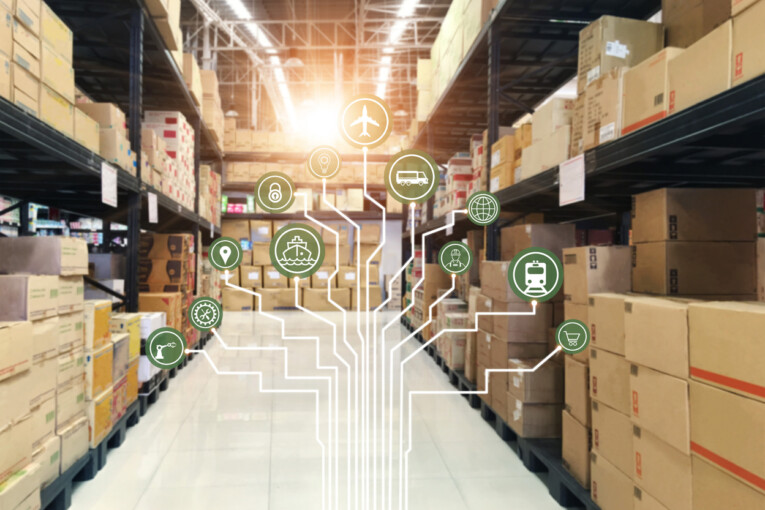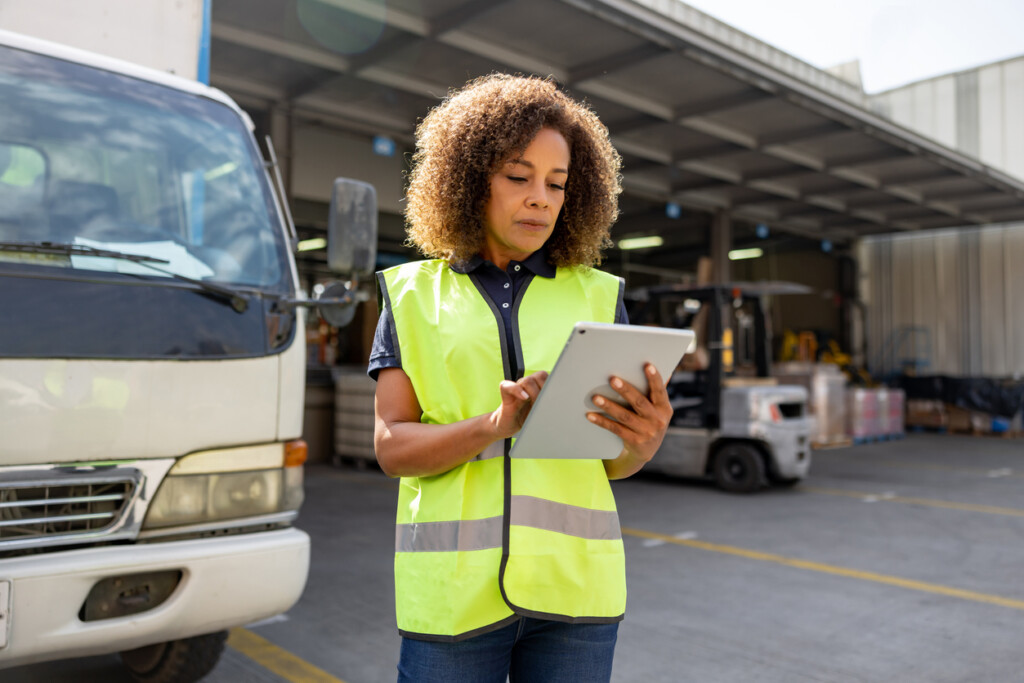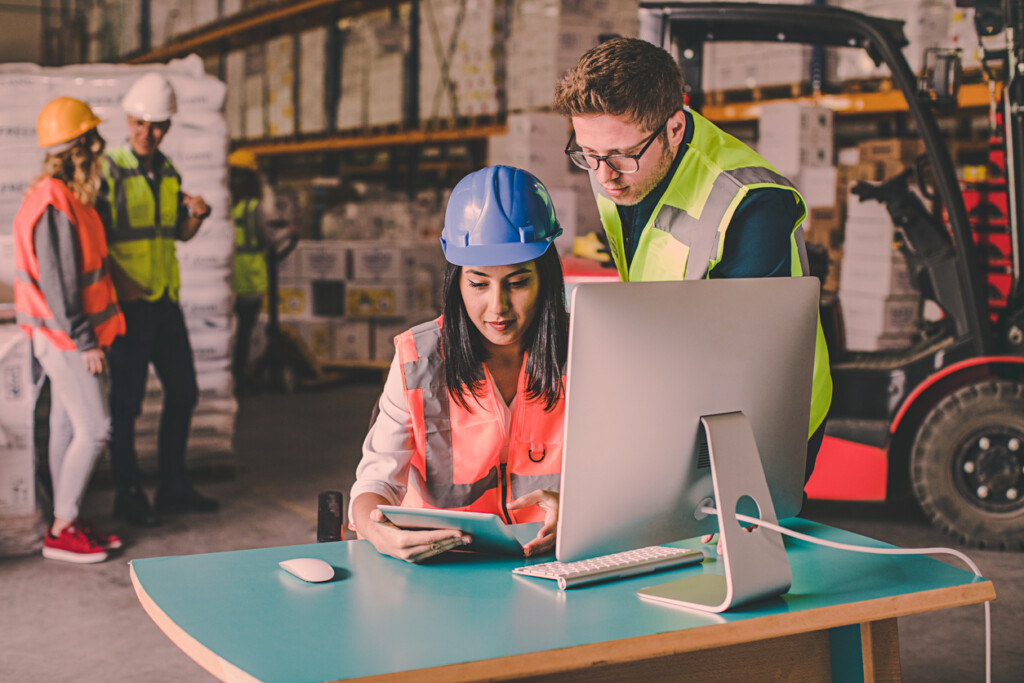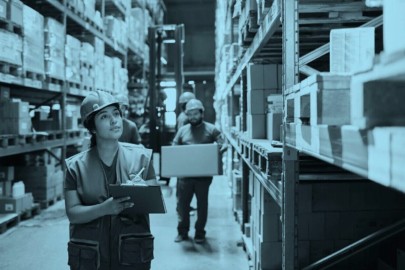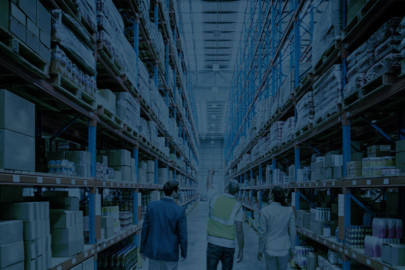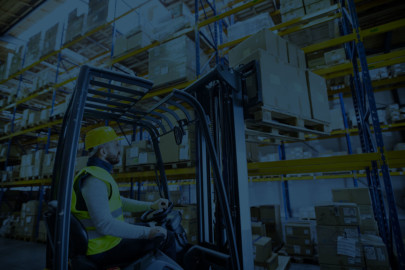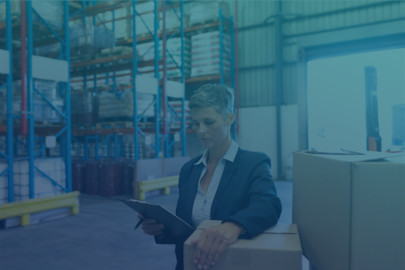Unleashing Efficiency and Cost Savings: The Power of Dedicated Logistics Solutions
Whether your storefront is physical, virtual, or both, making a sale is the first step in an increasingly complex world of logistics. In today’s market of next-day delivery and no-hassle returns, seamless logistics solutions are essential to stay competitive.
If you haven’t checked your logistics processes in a while, you may be surprised at what it is really costing you and what shoppers expect when it comes to home delivery. For example, a 2022 survey found that 41% of global online shoppers expect delivery within 24 hours, and 24% want their purchases delivered in less than two hours. With 57% of online customers shopping internationally, meeting delivery expectations can be daunting.
Surprisingly, 44% of US consumers are willing to accept a two- to three-day delivery window; however, 62% expect free shipping. For 48% of shoppers, shipping costs are one of the primary reasons for cart abandonment. Some shoppers are willing to make a minimum purchase for free shipping, while others will delay buying. Before a potential customer even places an order, your logistics process is impacting sales.
Logistics and Your Bottom Line: Leveraging Dedicated Solutions
While last-mile delivery plays a significant role in acquiring and retaining customers, it’s not the only logistics element that can hurt or help your bottom line. Before merchandise is shipped, it must be stored and inventoried.
Storage
Depending on the size of your business, you may store your merchandise at your office. You might find warehouse space, but it will likely cost a premium. The US vacancy rate for warehouse space is 3.8%, pushing the lease price up 8.5%. As an eCommerce merchant, you may want multiple storage facilities where you can keep high-turnover products readily available.
Because supply chain disruptions continue, you may need these distributed locations to ensure products can be delivered as quickly as possible. Unfortunately, keeping multiple locations creates an inventory management problem. How do you track how many of each item is in which location?
If your product line requires special handling, storage costs will increase. Refrigeration should include sensors to monitor temperature and humidity. You may need backup capabilities in case of a loss of power. These factors increase operating costs, but the alternative is failure to meet customer expectations.
Inventory
Not only can your products be in multiple locations, but orders can come from multiple sources. Online purchases originate from websites and social media. Mobile apps are another sales channel. Tracking inventory becomes a full-time job.
Without proper inventory management, you could run out of items. Out-of-stock merchandise can also damage customer relationships. Almost half of holiday shoppers say they will not do business with a company that can’t fill orders.
It’s not enough to have a place to store your products. You need to have them organized so they can be retrieved quickly for order fulfillment. When minutes count, you don’t want to spend hours trying to fill an order. What happens when it’s a multi-item order? Retracing steps to locate items wastes time and money.
Order Processing
The faster an order can get to you for processing, the quicker it gets delivered. If orders aren’t sent in real-time, processing doesn’t happen until much later. Sometimes orders are batched and sent at a set time every day. Not every platform works on weekends. Instead of same-day processing, your business could wait at least 24 hours for orders.
Depending on the delay, two-day delivery may not be possible. Next day would be out of the question. Since 56% of consumers shop online for home delivery, failing to offer competitive options can limit growth.
If orders must be transferred from one system to another manually, the chance of error increases. An error in a product number could result in the wrong item being shipped. Customers are unhappy. They must wait for the correct item and hassle with a return. As a business owner, you have the added cost of shipping a second item and processing the return. Both cut into a company’s profit.
Last-Mile Delivery
Once you hand an order to a carrier for delivery, do you receive updates? Does your customer? If not, the lack of information could be costing you customers. Online shoppers want to be informed of the status of their orders. In fact, 39% of shoppers check the status of their order at least once a day.
Without a transparent last-mile delivery system, you can’t keep customers informed on the status of their orders. The lack of communication can quickly damage a customer’s loyalty. For example,
- 68% of consumers want to be notified when their purchase ships
- 66% want an order confirmation
- 59% want shipping updates
- 45% want to be contacted after a delivery
Communicating with buyers on delivery status is an essential part of delivering exceptional customer service.
Time
Storage costs, poor inventory management, and slow order processing can increase operational costs. You can quantify how much these functions cost, but it’s much harder to calculate the value of lost time. Whether you hire staff or do the work yourself, logistics is a full-time job. Most likely not a position you have held before.
If your focus is on logistics, you have less time to spend on growing your business. Unless you hire more staff, you still have to juggle finances, marketing, and sales. Alternatively, you could look at third-party logistics (3PL) providers with the expertise to deliver dedicated logistics solutions that save you time and money.
Dedicated Logistics and Your Bottom Line
Managing and storing inventory can encroach on your bottom line, but dedicated logistics solutions offer ways to streamline processes and reduce costs. Hikes in rental costs or utility usage can hurt cash flow. Slow order processing can lead to dissatisfied customers, and delivery delays can damage customer loyalty. With a tech-savvy 3PL business, you can reduce operating expenses while improving efficiencies, leaving you more time to run your business.
Warehousing
3PL providers use technology to determine how to best use their warehouse space. They use planning tools to maximize storage and incorporate AI and ML to help optimize square footage as inventories change. Environmental sensors are deployed to meet warehousing requirements.
Dedicated logistics solutions have distributed networks for keeping products as close to the customer as possible. Their networks provide redundancy should a supply route be disrupted. Most importantly, they can scale to adjust to growing demand.
Using a 3PL company eliminates the need to find high-priced storage space or expend resources monitoring environmental conditions. There’s no need to install security systems to protect inventory.
Inventory Management
In today’s competitive market, inventory management needs more than a spreadsheet or a simple database. It needs automation to help retrieve items quickly. Forecasting capabilities can reduce the chance of running low on items.
For example, predictive analytics looks at historical data to determine possible spikes in sales. The technology can assess revenue increases during Black Friday or Cyber Monday to ensure inventory is in place to meet demand. It can even determine when to move items to another location in a 3PL network for faster delivery in key markets.
Incorporating barcodes and RFID tags provides automatic and continuous inventory monitoring. No one needs to spend weekends counting merchandise to establish inventory levels. The technology reduces errors when accounting for inventory items.
Order Processing
3PL providers have real-time interfaces into many marketplace platforms or offer APIs for system integration. The technology means orders can be received the minute they are placed. Faster order processing means faster direct delivery.
Electronically moving orders reduces errors. There’s no need to rekey order information into multiple systems. With a centralized database, accurate inventory numbers are available no matter how the order was received or fulfilled. From the stored data, AI and ML can identify patterns that can help improve operations.
The technology can find bottlenecks that slow processes or suggest relocating items for more efficient processing. With continuous data processing, 3PLs are always fine-tuning operations for improved performance.
Last-Mile Delivery
Dedicated logistics firms have spent the last few years learning how to navigate a disrupted supply chain. Established relationships often faltered, requiring new partnerships to develop. What worked five years ago may no longer be available.
3PLs use technology to analyze and improve last-mile delivery. They have networks of warehouses and carriers to help ensure that inventory levels remain consistent at all locations. They use advanced technologies to establish the most efficient and cost-effective delivery routes based on current weather and road conditions.
With delivery transparency, logistics providers can communicate with businesses and their customers on the status of any shipment. They can answer the “Where’s my stuff” question automatically with little to no human intervention.
Competitive Edge
Maintaining a competitive advantage in today’s faced-paced shopping landscape requires a seamless logistics process. Dedicated logistics solutions provide that edge that can differentiate you from the competition. They can deliver a more satisfying customer experience while lowering expenses making for a stronger bottom line.
Contact us to learn how our dedicated logistics solution can help you maintain your competitive edge.
